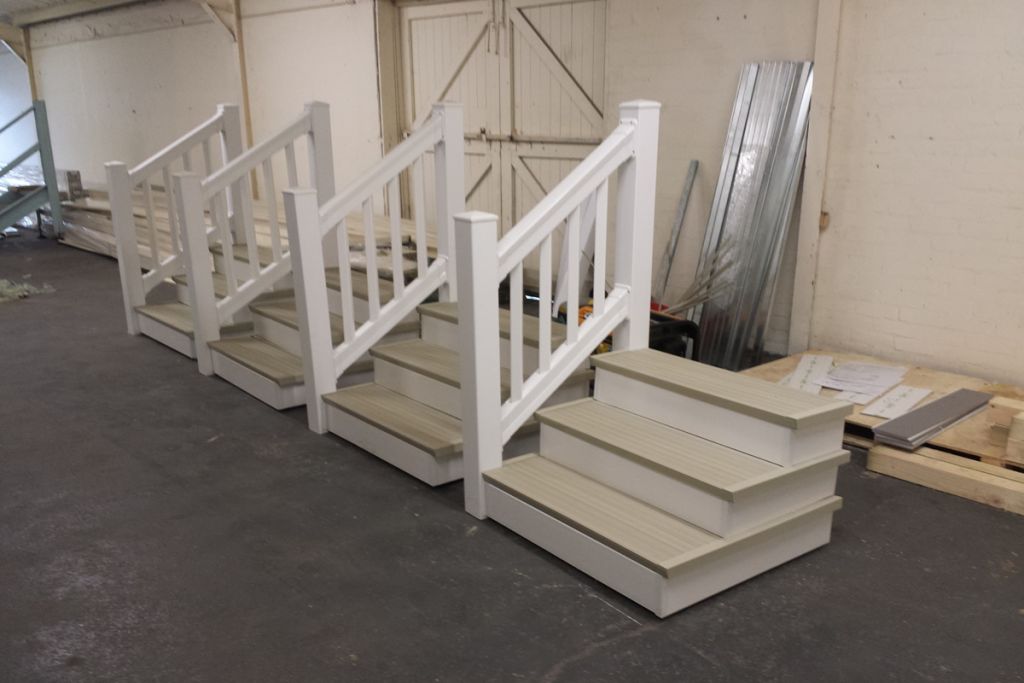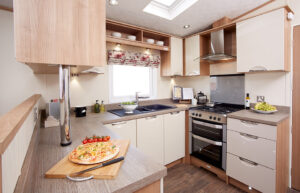Introduction
Caravan steps are not just a functional addition to a static caravan; they play a pivotal role in ensuring the safety and accessibility of the mobile home. For many caravan owners, these steps serve as the primary entrance and exit point. Given the height difference between the ground and the caravan’s entrance, steps bridge this gap, making it easier for individuals to enter or exit without straining themselves. Especially for those with mobility issues or for families with young children, these steps are indispensable.
Beyond functionality, caravan steps also add an aesthetic touch to the mobile home. A well-designed set of steps can enhance the overall look of the caravan, making it more inviting and homely. Moreover, they serve as a clear demarcation, signaling the transition from the outside world to the cozy interiors of the caravan. In essence, they act as a welcoming mat, setting the tone for the experience inside.
Choosing the Right Materials
The choice of material for caravan steps is crucial, both in terms of durability and aesthetics. Common materials include wood, metal, and composite. Wood, especially hardwoods like oak or cherry, offers a classic and warm look. It’s versatile and can be painted or stained to match the caravan’s exterior. However, it requires regular maintenance to prevent rot and wear. Metal steps, typically made of aluminum or steel, are sturdy and long-lasting. They resist rust and can bear heavy loads, but they might not offer the same aesthetic appeal as wood. Composite materials combine the best of both worlds, offering the look of wood with the durability of synthetic materials. They are resistant to rot and require less maintenance.
When choosing the material, it’s essential to consider the caravan’s location and the local climate. For instance, in damp or coastal areas, wood might be prone to rot, making metal or composite a better choice. The frequency of use, budget, and personal aesthetic preferences should also influence the decision. Ultimately, the right material will ensure the steps last longer and remain safe for use.
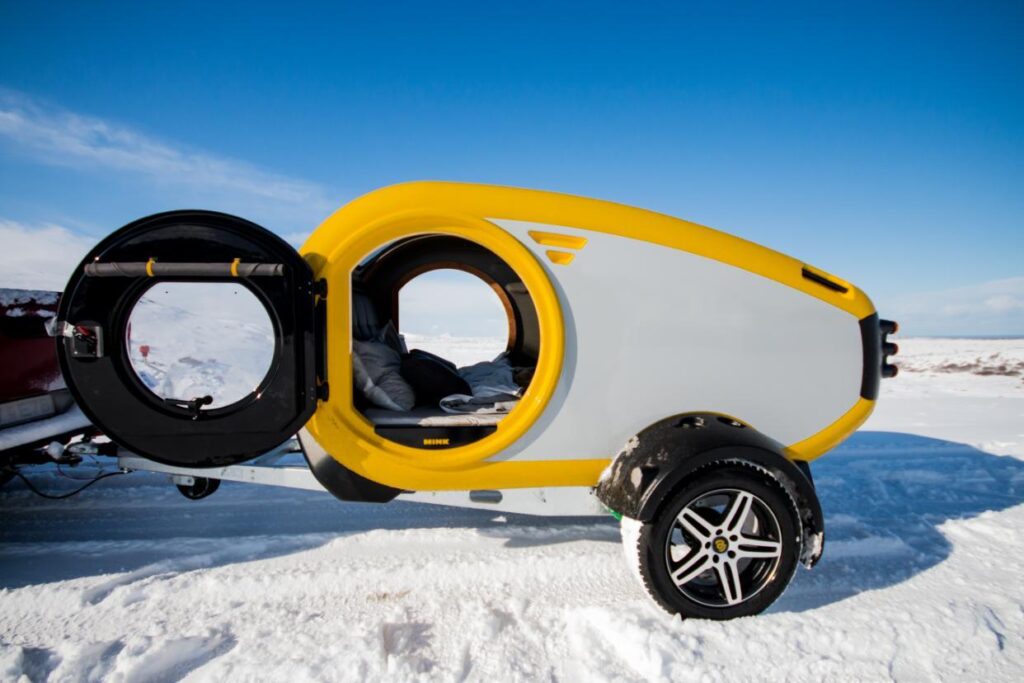
Tools Required
Constructing caravan steps requires a set of specific tools to ensure precision, safety, and durability. Essential tools include a Drill, used for making holes in the steps and platform, ensuring they are securely attached. A Screwdriver is crucial for fastening screws, providing stability to the steps. The Saw is used for cutting the chosen material to the desired length and shape, ensuring the steps fit perfectly with the caravan’s platform.
While these are the primary tools, having additional equipment like a measuring tape, pencil for marking, level to ensure evenness, and safety gear (like gloves and safety glasses) can make the process smoother. It’s always advisable to have all tools on hand before starting the construction to avoid any interruptions. Proper tools not only ensure the steps are built correctly but also enhance safety during the construction process.
Step-by-Step Construction Guide
Constructing caravan steps begins with accurate measurements. Determine the height from the ground to the caravan’s entrance and decide on the number of steps needed. Once measurements are taken, cut the chosen material to the required size using the saw. It’s essential to ensure each step is of equal height and width for consistency and safety. After cutting, smoothen the edges to prevent any injuries.
Once the steps are ready, align them with the caravan’s platform. Drill holes into the steps and the platform, ensuring they match up. Using the screwdriver, fasten the screws securely, attaching the steps to the platform. For added stability, consider adding side rails or supports. It’s advisable to periodically check the screws and tighten them if necessary. If possible, accompany the guide with illustrations or photos to provide a visual reference, making the construction process clearer and more accessible.
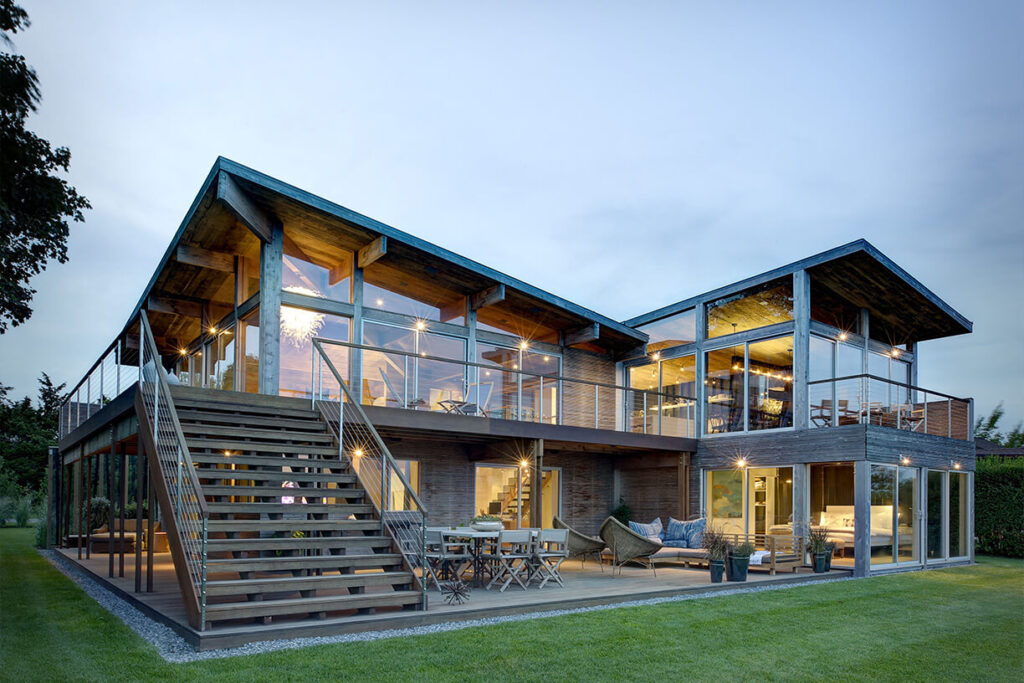
Safety Considerations
Safety should be paramount when constructing caravan steps. Given that these steps are the primary access point to the caravan, ensuring they are safe for all users, especially children and the elderly, is crucial. One of the primary safety features to consider is the addition of rails. Rails provide support for individuals climbing up or down the steps, preventing falls. They also offer a grip during wet or icy conditions, enhancing safety.
Apart from rails, ensuring the steps have a non-slip surface is essential. This can be achieved by using non-slip mats or applying a non-slip coating. The edges of the steps should be smooth to prevent injuries. Regularly inspecting the steps for any wear, tear, or loose screws is also vital. Any damaged or worn-out parts should be promptly repaired or replaced. By prioritizing safety, one can ensure that the caravan steps serve their purpose without posing any risks.
Maintenance and Care
Regular maintenance of caravan steps is essential to ensure their longevity and to keep them safe for use. Over time, exposure to the elements can lead to wear and tear, especially if the steps are made of wood. It’s advisable to periodically check for signs of rot, rust, or any structural damage. If the steps are wooden, consider applying a protective sealant or paint to shield them from moisture and prevent decay. This not only prolongs the life of the steps but also enhances their appearance.
Cleaning the steps regularly can prevent the buildup of dirt, mold, or algae, which can make them slippery. If the steps have a non-slip surface, ensure it remains effective and replace any worn-out non-slip mats or coatings. Tightening any loose screws or bolts is crucial to prevent accidents. By dedicating a little time to maintenance, you can ensure that the caravan steps remain sturdy, safe, and aesthetically pleasing for years to come.
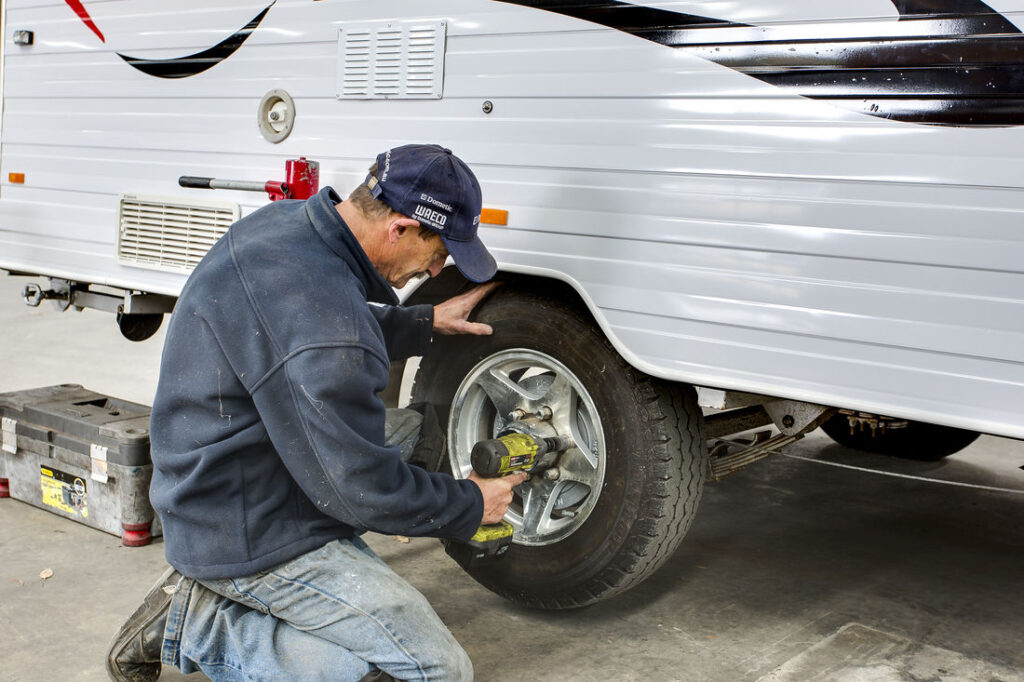
Alternative Solutions
While building caravan steps can be a rewarding DIY project, not everyone has the time, tools, or expertise to undertake such a task. This is where pre-manufactured steps come into play. These steps are readily available in various designs, materials, and sizes, catering to different needs and preferences. One of the primary advantages of opting for pre-manufactured steps is the convenience. They are ready to install, saving time and effort.
Additionally, pre-manufactured steps are often designed with safety standards in mind, ensuring they are robust and durable. They come with features like non-slip surfaces and sturdy rails, enhancing safety. Moreover, with a wide range of designs available, one can choose steps that complement the caravan’s design, adding to its aesthetic appeal. While they might be a bit more expensive than DIY options, the convenience, safety features, and design choices they offer make them a worthy investment.
Cost Analysis
When deciding between DIY caravan steps and ready-made ones, cost is a significant factor to consider. DIY steps can be more cost-effective, especially if you already have the necessary tools and materials. The primary expenses would be the materials, which can vary based on the type and quality chosen. However, the DIY approach also requires time and effort, and if not done correctly, might lead to additional costs in repairs or replacements.
On the other hand, ready-made steps, while generally more expensive upfront, offer the advantage of convenience and professional design. They are built to standard specifications, ensuring durability and safety. The cost of ready-made steps can vary widely based on material, design, and brand. It’s essential to factor in not just the initial purchase price but also potential maintenance or replacement costs in the future. By conducting a thorough cost analysis, one can make an informed decision that balances budget, convenience, and quality.
Additional Features
Caravan steps, while primarily functional, can also incorporate innovative features that enhance safety and aesthetics. One such feature is glow-in-the-dark steps. These steps are coated with a phosphorescent material that absorbs light during the day and emits a soft glow during the night. This feature is not just visually appealing but also enhances safety by illuminating the steps in low-light conditions, reducing the risk of trips or falls.
Other innovative features could include built-in storage compartments beneath the steps, foldable designs for easy storage, or even steps with adjustable heights to suit different terrains. Incorporating such features can make the caravan steps more versatile, user-friendly, and unique. While these features might increase the cost, they offer added value in terms of functionality, safety, and design appeal.
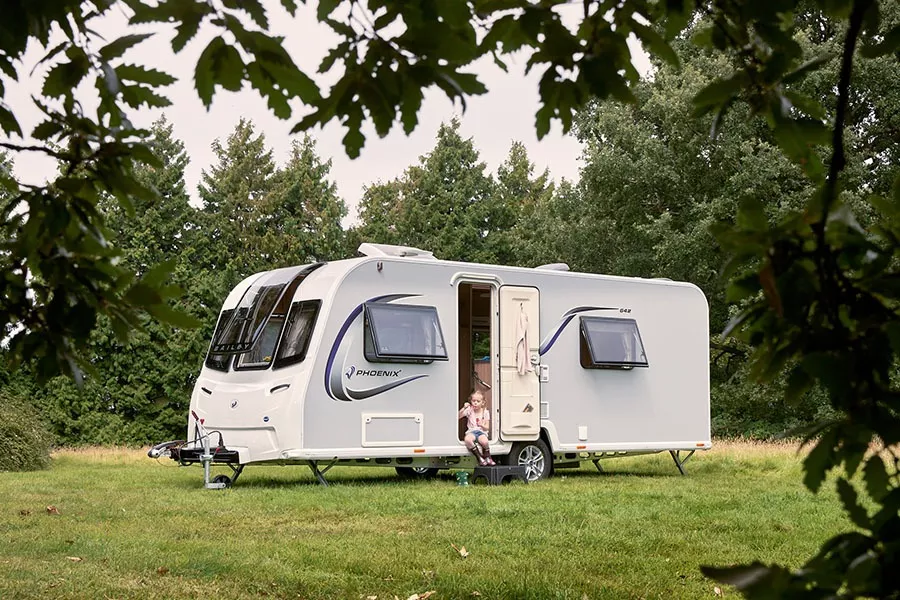
Conclusion
Caravan steps, whether DIY or pre-manufactured, play a crucial role in enhancing the safety, accessibility, and overall experience of a static caravan. They bridge the gap between the ground and the caravan, ensuring easy entry and exit. Beyond their functional role, well-designed steps can significantly enhance the aesthetic appeal of the caravan, making it more inviting.
In conclusion, while the choice between DIY and ready-made steps depends on individual preferences, budget, and expertise, the key lies in ensuring they are sturdy, safe, and well-maintained. Investing time, effort, or money in quality caravan steps is an investment in safety, convenience, and the overall caravan experience.
